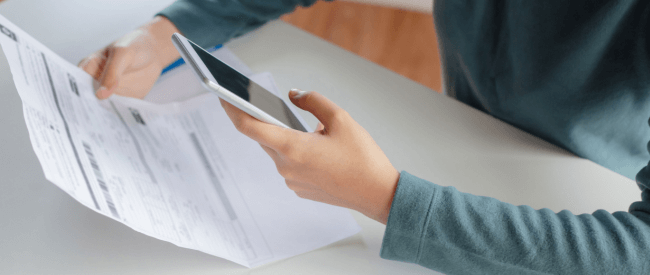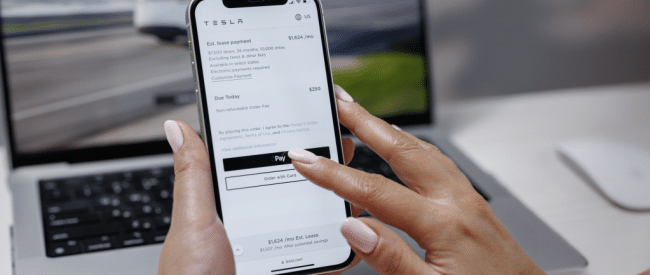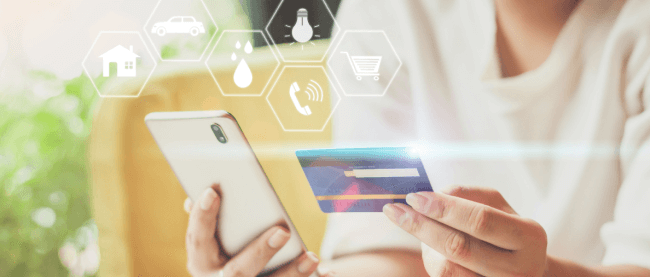U.S. households are struggling under a growing mountain of bills, with credit card debt passing $1 trillion this summer, according to the New York Fed. More people are falling behind on car loans and credit card payments than at any time in more than 10 years, according to a recent Washington Post story. Plus, student loan payments are restarting, adding to the financial pressure for many millions.
This troubling situation leaves billers, especially those with installment and recurring payment programs, in a tough spot. With delinquencies increasing, how do companies increase the odds they will get paid?
The ways you communicate with your customers are critical. Rethinking the design and content of your billing statements, frequency of outreach and other factors can make the difference between your bill moving to the “pay now” pile or “deal with this later” pile.
- Simplify billing statements.
Too often, customers struggle to decipher their bills. Annual studies continue to show people are confused by their medical bills while 59% of utility customers say some parts of the bill seem like they are written in a foreign language, according to a 2022 survey by Smart Energy Consumer Collaborative.
43% of utility consumers feel most of what is included in their bill is just there to confuse them and distract them from the price.
Smart Energy Consumer Collaborative, 2022
Making bills clear and personalized is key. It helps to use everyday language, especially to explain industry terminology. Hit the main points: What do people owe, what is the breakdown of charges, when is the bill due, and what are the options for paying. Also, what are the ways to reach out for customer service or payment help?
- Make it easy to pay.
Roughly 1 in 7, or 14%, of all adults and 23% of Millennials prioritize bills that are easiest to pay, regardless of other factors, according to a July 2023 survey by PYMNTS and Mastercard. Making bill payments simple, fast and convenient is critical.
Billers can reduce payment friction by offering a variety of communication channels and payment options, so consumers can choose their preferences. While growing demand for digital and mobile is undeniable, a sizable portion of consumers still like getting bills in the mail and sending in checks for payments. Many Americans use a mix of online and print/mail communications and payments.
Another important way to reduce friction is to tightly link bills to payment options, such as sending emailed statements with links to a secure payment portal. Or texting payment alerts with a link to a payment portal.
- Step up outreach beyond bills.
For consumers receiving medical bills, the importance of “frequency and consistency of communication” rose to 39% in 2023, from 31% in 2022, according to a survey by Salucro. For companies interested in delivering an excellent customer experience and building loyalty and trust, adding communications beyond regular bills can do just that. They will be particularly effective if personalized, such as celebrating the owner’s anniversary of buying a timeshare, and helpful and informative, including announcing a new mothers’ exercise class for someone who recently gave birth.
- Engage with people who’ve fallen behind on their payments.
Some consumers go dark when they can’t make payments. Billers should not hesitate to reach out with offers for a stopgap, such as accepting partial payments for a set period, or for large, unexpected healthcare bills, offering an interest free payment plan. This approach is more likely to pay off—literally—if billers move quickly with timely communications to address the problem rather than letting it drag on for months before reacting.
- Highlight flexibility and options even before any missed payments.
With an uncertain economy, billers should get ahead of potential payment problems. Either in the monthly bills or separately, companies can send communications that highlight financial assistance programs, such as those offered by healthcare providers, or emergency assistance to keep utilities on through such programs as the Low Income Home Energy Assistance Program. Other billers, such as many card issuers with financial hardship programs that reduce interest rates, may have options to waive late-payment penalties or defer or reduce monthly payments.
Reducing barriers to payment and communicating a willingness to work with customers who are struggling financially will go a long way to increasing the chances of being paid–sooner or later–while strengthening relationships and loyalty. Not only are you genuinely helping customers in need, companies that make good use of communications can build long-term advantage with a distinct and favored position in the marketplace.
To discuss ways to improve your critical communications, please contact us.







